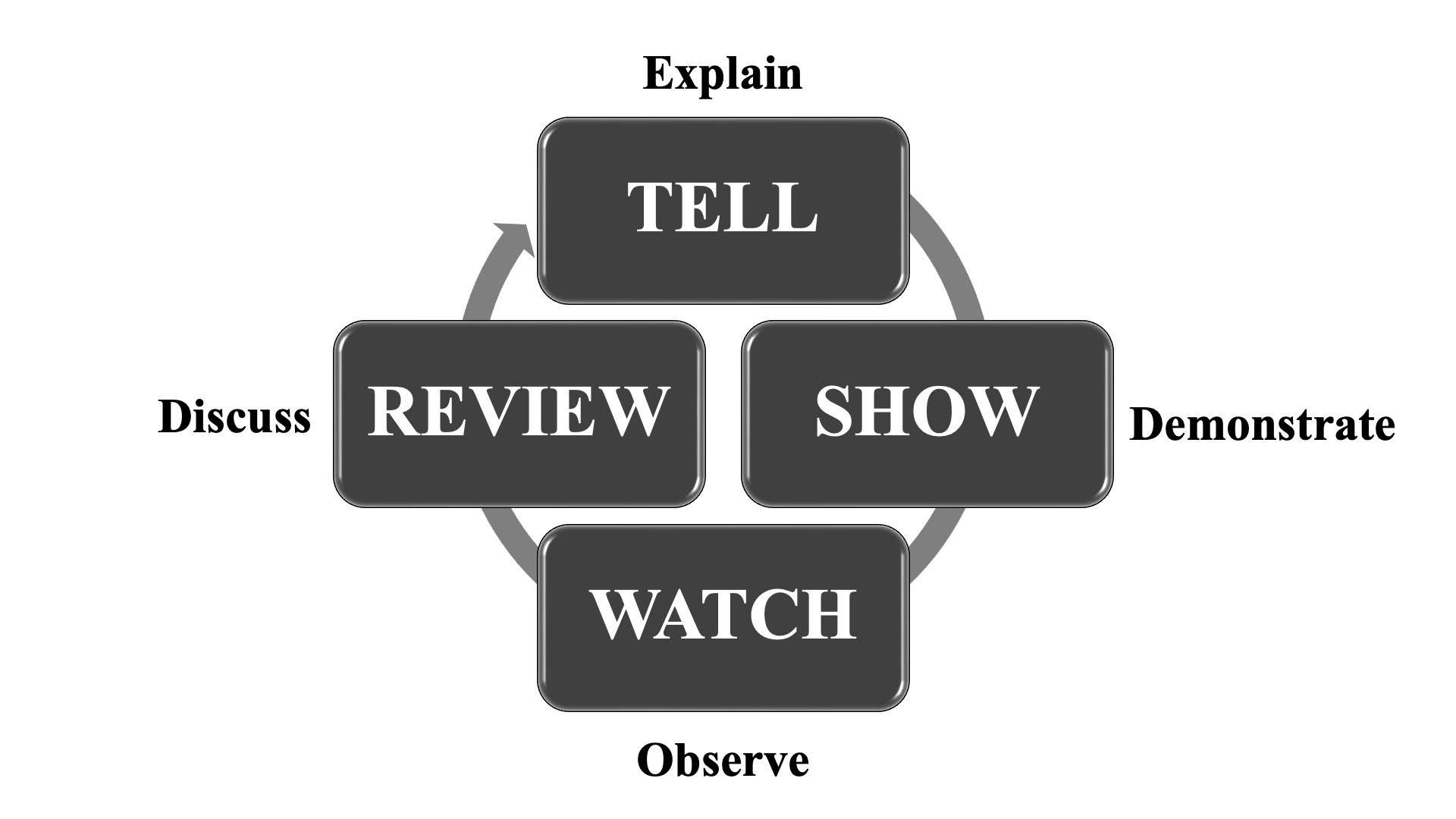Eating at California restaurants can be a real pleasure. Working at California restaurants can also be a pleasure, especially in the quick-service restaurant (QSR) sector, where minimum wage just went from $16 per hour to a staggering $20. My teenage daughter used to turn up her nose to flipping burgers. Now, with wages that rival some entry-level corporate jobs, she’s suddenly seeing the grill in a whole new light.
But restaurant jobs aren’t corporate jobs, and operators are having to pivot in major ways to control labor costs. Even those who philosophically agree that higher wages are necessary for workers are still struggling to pencil out a labor model that works, especially when faced with increases in other costs.
In California, paying an employee $20 actual costs somewhere closer to $22-$23 by the time you add in taxes, insurance, and payroll fees. It also necessitates paying experienced employees even more. It’s likely that what’s happening in California QSRs will spread to other industries and regions. Many of my clients are exploring price increases to mitigate these labor costs. It’s going to take a little time for the marketplace to determine how all these numbers need to be adjusted. Many restaurants are investing more in AI, kiosks, robotics, and other technologies that decrease their reliance on human employees.
Still, there’s no way around hiring live hourly workers. It’s a hefty investment necessary to run the show. But it is an investment — a cost for which there should be a return. To maximize your ROI, you must also maximize the quality of your management. Here are three ways to do this:
Establish clear performance benchmarks. Setting clear and measurable performance benchmarks is crucial for employee engagement and productivity. Employees need to know what’s expected, and they need to be able to track their progress. This is important for management to hold them accountable, and for team members to self-motivate. People like to see their score and derive satisfaction from hitting their numbers.
At my Edible Arrangements stores, we worked with employees to set KPIs for weekly sales, average ticket size, deliveries, and even the number of skewered melon wedges produced over a specific timeframe. We also tracked customer satisfaction and online reviews and rewarded the team for this recognition. This approach not only clarified goals but also gamified their day-to-day tasks, making achievement more rewarding and visible.
The alternative is to just keep employees busy. But motion isn’t necessarily progress, and activity isn’t necessarily productivity. You’re paying too much for unmeasured busyness. Give your team direction, goals, and the incentive to achieve them. Determine what you want from employees for the wage you’re paying, then help them provide that value.
Customize motivation. Money is not motivation, at least not for sustained motivation. You can’t buy someone’s engagement, whether you’re paying in dollars, gifts cards, or pizza. What you need to do is appeal to each person’s unique value system. What do they care about most? Personal or professional growth? Feeling part of a team? Doing meaningful work? Their answers may be different than your answers (and assumptions) and may be different from each other.
When an employee seems disengaged (and the data shows most workers are), it seems like they don’t care about anything. I can’t tell you how often my audience members tell me that their employees are so unmotivated. That may be true, but that doesn’t mean they can’t become motivated. In most cases, management hasn’t taken the time to identify their drivers.
Ask questions during onboarding to figure out what each employee cares about. You can also survey current employees and conduct one-on-ones. One employer I interviewed for my book struggled with retention during her first year in business, even when paying competitive wages. But she learned through individual meetings what many of her team members wanted beyond their paycheck. They wanted growth. They wanted to feel like they were developing personally and professionally. They wanted a sense of advancement, even if they weren’t career bound within her business. She devised a plan to facilitate their forward movement. She created a robust first year development program where team members earn more money and opportunities as they acquired skills. (In-N-Out Burger does the same thing as part of their Associate Levels of Development program.) The objective was as much about giving employees a feeling of growth as it was helping them improve at their jobs. “People want to feel like they’re making progress, so we built that into our employee development plan,” she told me. Every organization promotes employees and boosts their wages as they progress, but often the path is unstructured and unpredictable. This business owner realized her employees wanted a more formal process where they could track and plan for advancement. When she finally implemented one, she observed higher morale, increased retention, and better performance. She got more value for the wages she paid.
If your employees want to feel part of a team, conduct pre-shift huddles and plan occasional social events. If they want autonomy, assign them projects to lead. If they want recognition, look for more opportunities to praise and acknowledge them. Figure out what really matters and build that into your operations.
But do not make assumptions about what they want, as individuals, or as a team. Like your customers, their desires may be different than you expect. Actively communicate to determine what will engage them, and what will make them happy. More often than not, the answers won’t add to your labor costs, but will dramatically add to their motivation.
Train their brain. If you’re investing $20-plus per hour in an employee, you need to set them up for task mastery. You don’t want them making mistakes or developing bad habits. That means you need to provide the best, most efficient training possible. The added investment of time on the front end will pay for itself in a savings of time once they’re on the floor working with speed and efficiency.
Just as employees have a learning curve, they also have what’s known as a “forgetting curse,” the rate at which they forget things they’ve been taught. The more they forget (or fail to acquire at all), the more retraining and adjustment they need, and the more problems you’ll have with their work.
When you train a person on something they’ve never done, you’re not just showing them how to do it. You’re literally rewiring their brain — and you’re stimulating various regions of their brain that work in different ways. For example, their hippocampus consolidates information into long-term memory. Their prefrontal cortex helps them understand and apply new information. Their motor cortex controls physical movements. New connections form between their neurons through synaptic plasticity. When you train an employee, you’re facilitating a complex process involving the formation and strengthening of neural connections, the release of neurotransmitters, and the coordination of different brain regions. (And you thought you were just teaching them how to work the register!) You don’t need to understand all this stuff to do it well. But you do need to appreciate the complexity of passing on skills. It’s easy when you’re busy to see struggling employees as incompetent, but people are more complicated than that. Much of it has to do with brain development (especially for employees under 25).
You’re more likely to impress new skills onto employees when you stimulate multiple regions of their brain. You can do this through a four-step process called Tell, Show, Watch, Review.

Tell them the steps to complete a task and describe what they must do in detail. Your verbal instructions are triggering specific regions of the worker’s brain that are involved in language processing and comprehension. By repeating verbal instructions, you can strengthen neural connections associated with language acquisition and understanding, enhancing their ability to remember and use the information accurately.
Show them these steps through demonstration. When your worker sees you perform a task, it activates mirror neurons in their brain and strengthens the neural pathways associated with the activity you demonstrated, allowing them to better understand and imitate you. This is a different process from the one that happens during the Tell stage, so it’s another way to help them remember. (Training videos also accomplish this, but be sure to be available to answer questions and confirm their mastery.)
Watch them complete these steps. Kinesthetic learners benefit from hands-on experience. Unlike passively listening or observing, doing something gives their brain more sensory feedback. You can read about swimming or watch someone else do it, but there’s nothing like feeling the water on your skin or noticing the way your body reacts to paddling and kicking. The tactile experience awakens the motor cortex (controlling physical movement), the somatosensory cortex (processing your senses), and the cerebellum (controlling balance and coordination). Doing something is the only way to really know how good you are at it and what you need to adjust to improve. Many managers prefer employees learn this way, without adequately going through the other steps. They put them on the floor so they can learn by doing (and get the work done). They will learn quickly this way, but they won’t become top performers. They certainly won’t be doing $20/hour work. Their focus will be on survival, and without the other elements of good training, they’ll hit a performance ceiling.
Review their performance and provide feedback. Start by asking them questions: “How’d you feel about that?” “How do you think you did?” “What did you do well?” “Where did you struggle?” “What can you do to improve?” You probably already know the answers to these questions, but you’re not trying to teach them—you’re facilitating learning. They’ll benefit more from what they realize than from what you say.
Repeat the entire process until the employee can state all the steps to complete the task correctly and demonstrate them with moderate competence. Do not let the stress of filling positions cause you to rush the process. The mistakes they make and the inefficiency of their work will cost you a lot more.
Until your employees receive the best management possible, you’ll never know how well they can actually perform. Just as you’d probably dry-clean your best clothes and take better care of a higher end car, it makes sense to protect your labor investment. Do everything you can to help your team succeed. Even when your required to pay them high wages, with the right management, you may find they’re worth every dollar.
 AUTHOR BIO
AUTHOR BIO
Scott Greenberg is a speaker, writer and business coach and the author of the new book, Stop the SHIFT SHOW: Turn Your Struggling Hourly Workers into a Top-Performing Team. Find more information at www.scottgreenberg.com.
